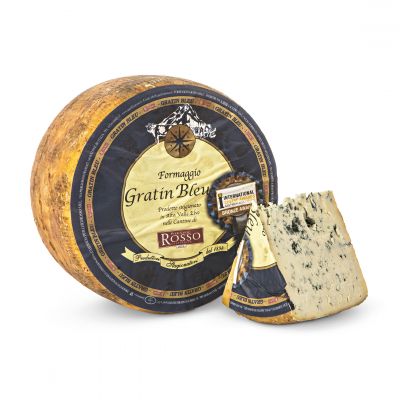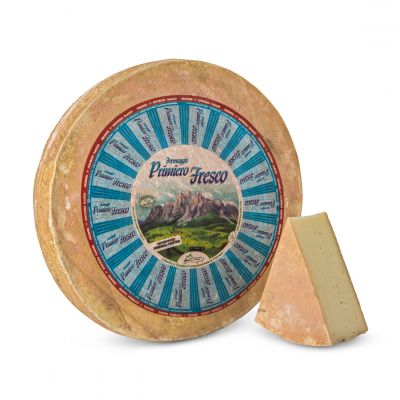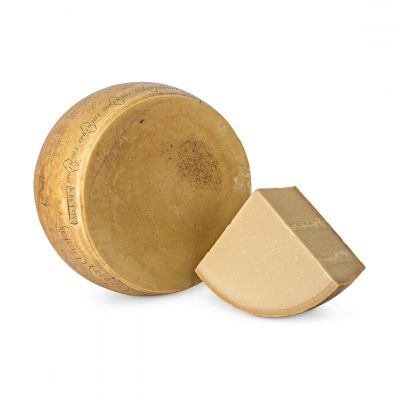“To receive guests is to take charge of their happiness during the entire time they are under your roof”
You’ve doubtless come across these words before: they were spoken by the brilliant Anthelme Brillat-Savarin, the father of modern gastronomy and what we might term “gastro-philosophy”.
He was not a chef but a genuine gastronome, and in 1825, with great reluctance, he published his most famous book “The physiology of taste or meditations of transcendent gastronomy”.
Presented as a collection of 30 meditations, followed by a series of anecdotes to complete the volume, the book traces a path from the theory of gastronomy through to its practice.
This is to some extent what my column will do this year: after two years of recipes and food-related philosophical “meditations”, it will move on to a discussion of cooking techniques, key to deepening our knowledge of culinary art.
Every chef, and every food lover, must acquire a wealth of indispensable knowledge that will allow him to attempt to create every kind of dish and, above all, that will allow him not to ruin the raw materials, a risk that’s directly proportional to the ego of the chef.
Today we’ll take a look at gratins, a cooking technique used to give a crunchy finish to a dish, whether it’s made with meat, fish, vegetables or pasta.
This is achieved by, part way through cooking, sprinkling the food with breadcrumbs, oil and parsley, or grated parmesan, white sauce or other sauces made with cheese, milk and cream.Next the dish is cooked in the oven for a short time at a very high temperature until the top becomes crunchy and golden.
It’s possible to make a gratin out of almost any dish and in any season, and it’s also possible to “fake” a gratin just before you serve the dish by adding crunchy, flavoured breadcrumbs made with grated bread toasted quickly in a frying pan with a dash of olive oil and some aromatic herbs - great for adding flavour to a piece of steamed fish or a dish of hot, fresh pasta.
The comfort recipes for this month are made with three different types of cheese, giving a play of flavours and colours, deliciously combined with other ingredients.
An entire menu, from starters through to pasta and mains, can be created using the following cheeses: the extremely flavoursome Gratin Blue, a blue-veined cheese made with cow’s milk and produced in Piedmont by Caseificio Rosso, the tasty Trentingrana Dop produced solely with milk from the region of Trentino, in the far north of Italy and aged for at least 22 months by Caseificio di Rumo, and the soft Primiero fresco, made with raw milk to create a medium-hard and washed rind cheese.
Buon appetito!
Anna Maria Pellegrino
Chef e Foodblogger
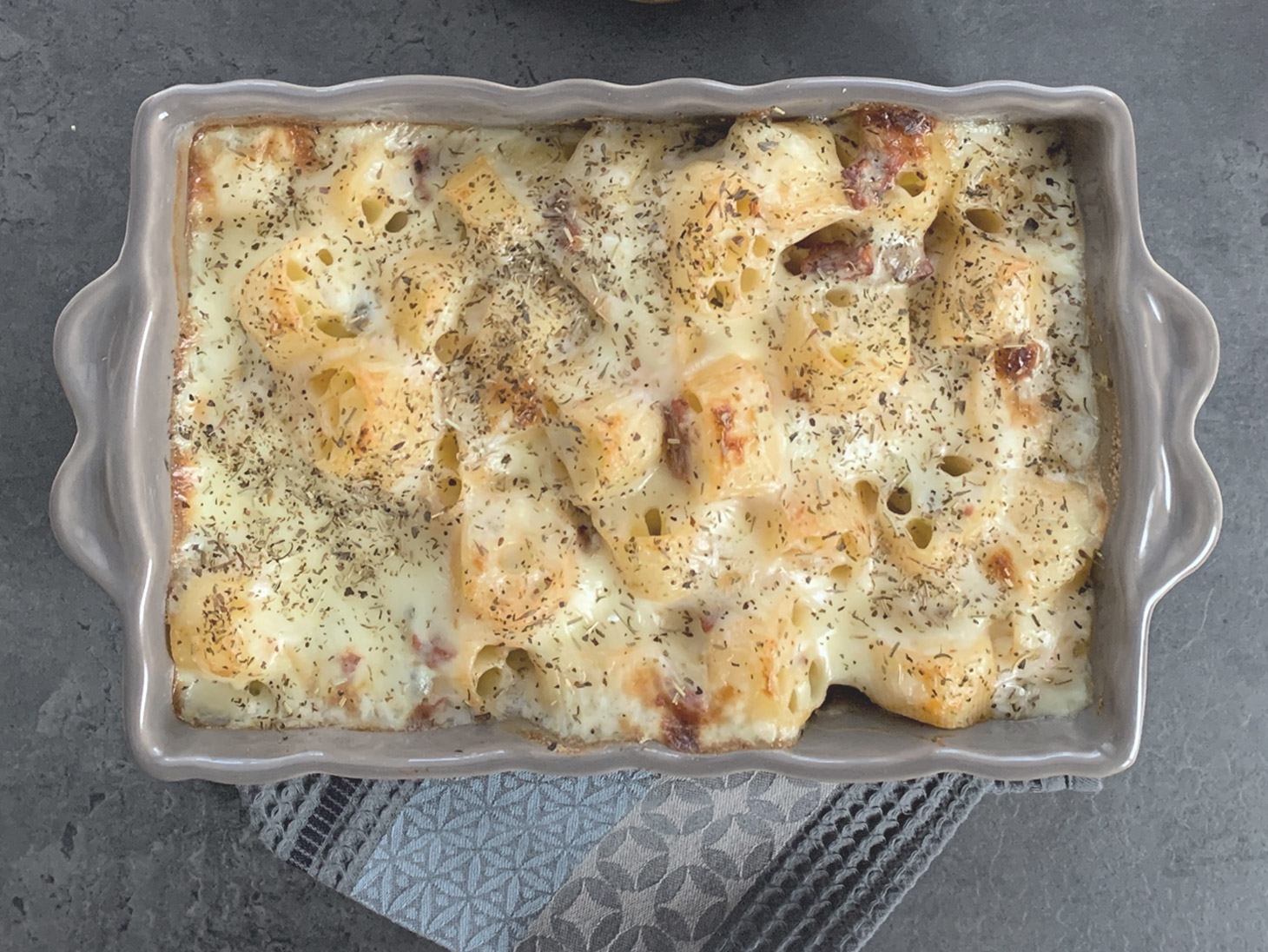
MEDITERRANEAN PASTA WHEELS AU GRATIN
LEVEL: simple
PREPARATION TIME: 10 minutes
COOKING TIME: 10 minutes
500ml milk
250g wheel-shaped pasta
250g Primiero fresco
30g cornflour
15 slices of sundried tomato
2/3 dessertspoons of capers
dried oregano
olive oil
salt
50g flour
50g butter
40g Trentingrana Dop
black pepper
Mix together the butter, grated parmesan and flour and season with plenty of black pepper.
Spread the mixture in a dish lined with baking paper and cook in a pre-heated fan oven at 190° C for approximately 15 minutes, breaking up the mixture with a fork half way through cooking.
Remove from the oven and turn the heat up to 220° C.
Cut the sundried tomatoes and Primiero Fresco into cubes.
Cook the pasta in plenty of salted water until it is just al dente (overcooked pasta, as well as not being tasty, has a higher glycemic index).
Drain, then stir in the tomatoes, capers, oregano and a tablespoon of oil.
Mix the cornflower with several spoons of milk in a saucepan to form a paste.
Add the remaining milk, season with a little pepper and bring almost to the boil before adding the cheese and mixing to a creamy consistency.
Remove the pan from the heat and add the pasta. Transfer to a baking dish and cook in a pre-heated oven at 220° C for 15 minutes (or until golden).
Remove from the oven, sprinkle with the crumble and serve straight away.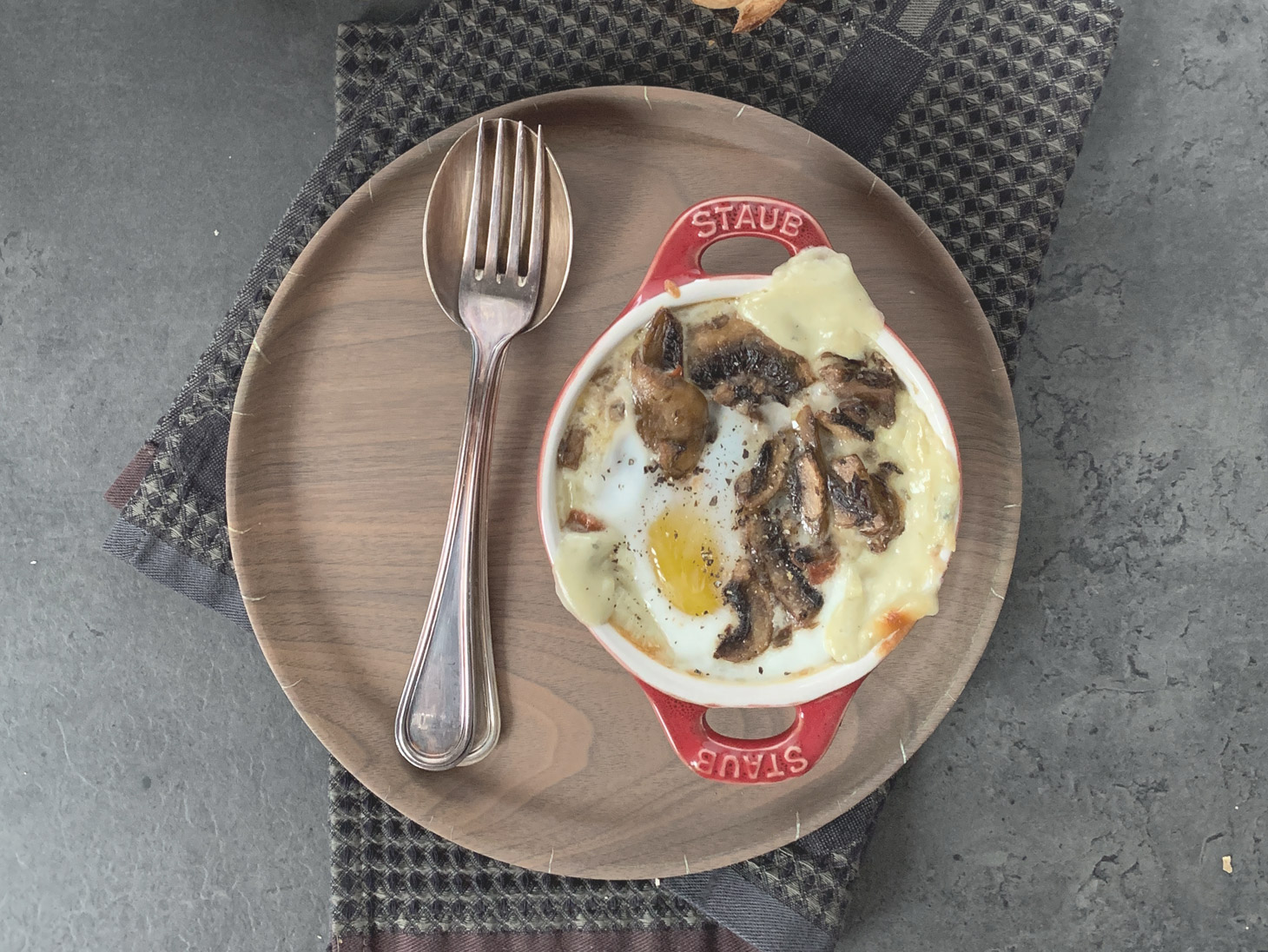
BAKED EGGS WITH GRATIN BLUE AND POWDERED PORCINI MUSHROOMS
4 organic eggs
400g champignon mushrooms
30g dried porcini mushrooms
200g Gratin Blue
100g cream or sour cream
30g grated Trentingrana Dop
two sprigs of thyme
1 garlic clove
dry white wine
olive oil
salt
freshly-ground black pepper
crusty bread to serve
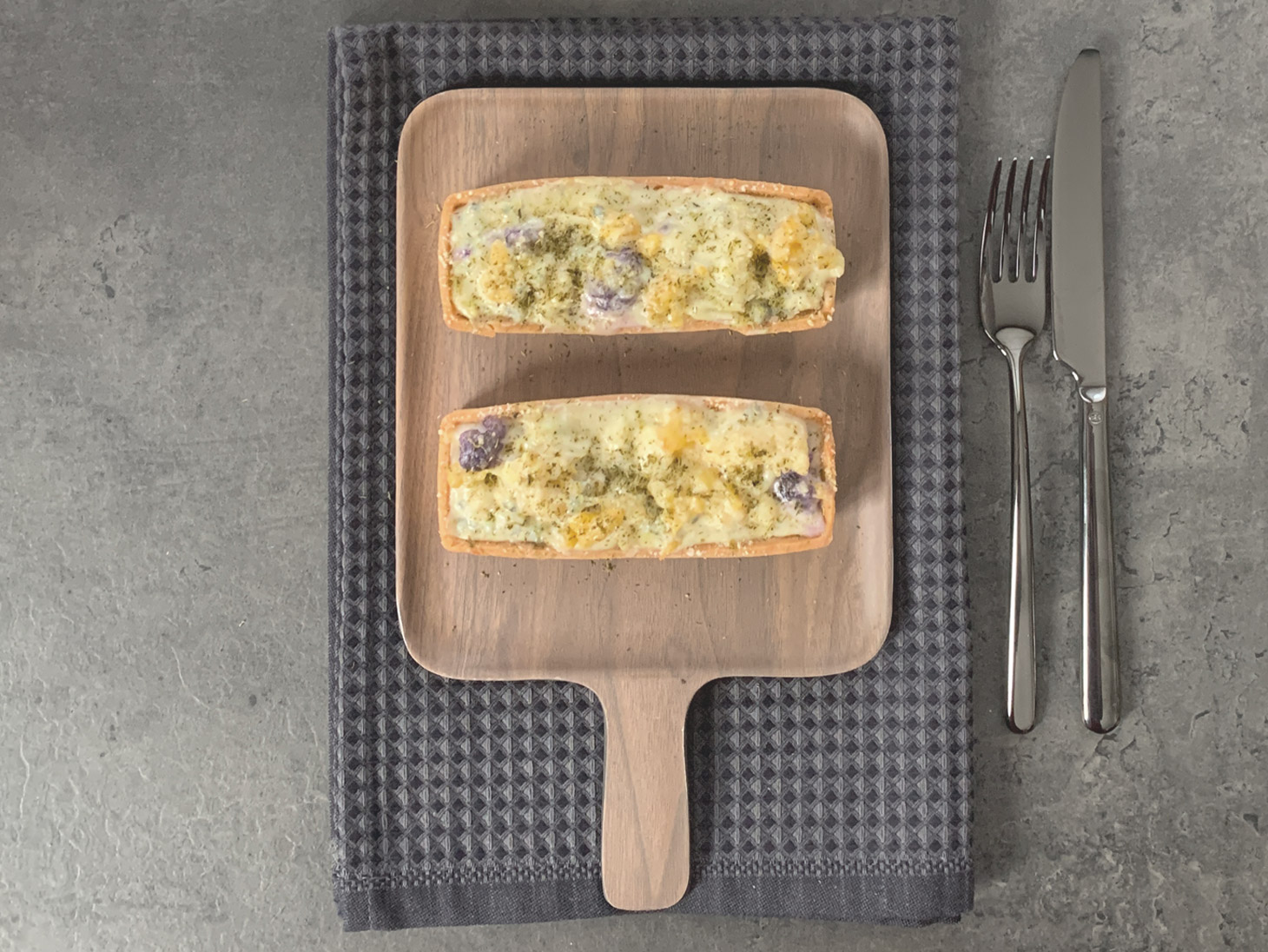
PREPARATION TIME: 30 minutes plus resting time
COOKING TIME: 40 minutes
200g flour type 00 or 1
100g artisanal butter
1 organic egg
20ml cold water
a pinch of salt
400g cabbage hearts
200g Gratin Blue
100g cream or sour cream
30g grated bread
nutmeg, salt
butter
Add the egg, salt and water, work it fast to obtain a smooth ball. Cover with clingfilm and leave to rest in the fridge for at least 1 hour.
Lay the pastry in individual tart dishes or in a single 24-26cm ø quiche dish.
Remove from the oven and serve with a blueberry or fig compote and a glass of Passito wine, or with a salad and a full-bodied beer.




